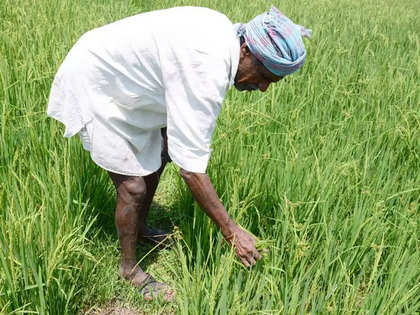Punjab Advances Paddy Sowing Date
Recently, Punjab’s Chief Minister Bhagwant Mann announced change in the agricultural calendar. The state government has decided to advance the paddy sowing date to June 1. This decision aims to help farmers avoid issues related to high moisture content in their crops during the harvest season.
Reasons for Advancing Sowing Date
The primary reason for this change is to mitigate complications that arise during the paddy procurement process. High moisture levels in harvested paddy can lead to delays in procurement and reduced payments for farmers. By starting sowing earlier, the government hopes to ensure that crops are harvested in a more favourable climate, reducing moisture levels at the time of sale.
Zone-Wise Cultivation Strategy
The Punjab government plans to implement zone-wise cultivation. The state will be divided into four zones for paddy transplantation. This strategy is designed to optimise crop management and address regional agricultural challenges. Regions facing specific issues, such as sub-surface waterlogging, will have tailored cultivation schedules.
Historical Context
Historically, paddy transplantation in Punjab began after June 10. In 2009, legislation aimed at conserving groundwater mandated this delay. Before this, farmers often transplanted in May. The new policy marks a return to earlier practices while considering contemporary agricultural challenges.
Impact of Weather Conditions
In the previous year, heavy rainfall in September led to increased moisture levels in paddy, complicating the procurement process. Farmers reported losses when moisture content exceeded acceptable limits. The average ideal moisture level for harvested paddy is around 21-22%, but it must drop to 17% by the time it reaches mandis. Delays in procurement resulted in overcrowded markets and financial losses.
Farmers’ Reactions and Expectations
Farmers have largely welcomed the announcement, viewing it as a response to their demands for better procurement systems. They believe that advancing the sowing date will allow for a smoother transition between paddy harvesting and wheat sowing. This change could potentially lead to improved moisture levels and timely stubble management.
Concerns and Challenges
Despite the positive reception, challenges remain. Farmers expressed concerns over a lack of guidance on suitable seed varieties for the new schedule. Last year, the quick-growing PR 126 variety led to market gluts and increased processing costs. Additionally, there has been insufficient communication with rice millers regarding the new plans.
Month: Current Affairs - April, 2025
Category: Agriculture Current Affairs






